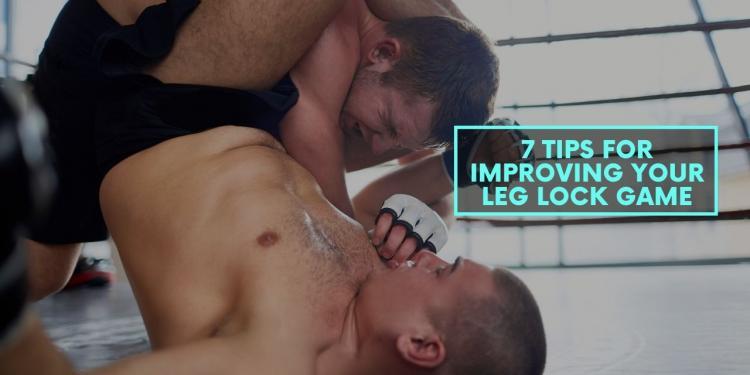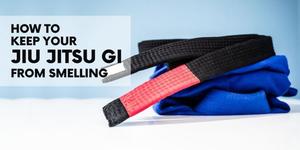For many years leglocks were considered inferior submissions in Brazilian Jiu Jitsu. Even today there are still coaches out there, who believe that learning leglocks will hamper student progress. However, there is no denying the effectiveness of leglocks and in recent years much of modern Jiu Jitsu has centered on these submissions. Many of the current star athletes in the grappling sports have used an arsenal of heelhooks, kneebars and toeholds to cement their legacy. Leglocks are undoubtedly here to stay and many are diving into the rapidly evolving world of leglocks. Here’s our list of seven tips to improve your leg lock game and stay ahead of the curve.
Keep updated
As a student of leglocks, it is important to keep updated. Particularly as the submissions, counters and transitions between leglock positions are constantly changing. While positions like the Ashis and the 411 were the leglock positions just a moment ago, a range of new positions, such as the 60/40, the 80/20 and the 90/10, along with modifications of known positions (e.g. backside 50/50), are once again transforming the leglock game and systems. Understanding the most recent developments in the leglock game is therefore essential, in order to continually stay sharp and competitive in the leglock area.
Work the angles
Whereas the early leglockers tended to fall back, trying to quickly finish the heelhock, the modern leglocking game focuses significantly more on angling off to the sides, securing and controlling both legs before moving on to the submission. When starting out with heelhooks, beginners have a tendency to adopt the style of the leglockers of yesteryear, falling back when trying to finish. Keep the angles in mind, when trying to get those heelhook-finishes – it will also help to keep your own legs safe.
Use your weight
If you are in Ashi Garami or outside Ashi, being heavy is as essential as when you’re playing a top game. Using your weight to pin the leg will keep the opponent’s leg in place, when attempting to finish the heelhook. Far too commonly jiujiteros will catch the heel, square up, lean back and try to finish the submission using only their forearm. Unfortunately this gives your opponent more space to move their legs, slip their heel and escape. Rather, you want to stay on your side, keep your weight on top of your opponents leg, catch the heel and do a sideway bridge to finish.
Switch it up
It’s easy to get tunnel vision once you’ve gotten a taste of leglocks and go solely for those delicious submissions. But this will make your game predictable and hamper your development. It’s important to remember that leglocks, should only be one part of your game. Even the absolute best leglockers in the world, like Garry Tonon, Ryan Hall, Craig Jones and Gordon Ryan, will threaten leglocks to enable them to pass or grab a leglock if their opponents try to defend the pass. So get used to switching between upper and lower body – it will upon up both passing and submission opportunities.

Escapes and counters
Although drilling submissions is a lot more fun than drilling escapes, often it is the escapes that will enable you to wholeheartedly chase that submission. Knowing escapes and counters are just as important as knowing the submissions. This holds particularly true for the leglock game, as it more than often develops into a game of leg pummeling footsies, when facing an equally skilled opponent. Learning to clear the knee line, which way to turn, how to hide and slip your heel, will also teach you how to prevent your opponent from escaping. So sharpen up those escapes and practice those counters.
Entries and sweeps
Leglocks are intertwined with sweeps. For many of the leg entanglements the simplest entry is by attempting or using a sweep. As grappling is all about giving your opponent a choice of two equally unpleasant alternatives, it is often advantageous to switch between sweeps and leg entanglements, when working on your leglock game. Just like with passing, this will provide you with openings, rather than having to brute force your way into every leg-entanglement.
The positional hierarchy
A common misconception is that leglocks work outside of the classical BJJ positional hierarchy. Part of understanding leglocks is understanding the hierarchy between the various leg submissions, as well as how lower body control plays into the more traditional upper body control scheme of BJJ. Recognizing how it all fits together will also give you a better understanding of the passing and sweeping options related to the leglock game.




